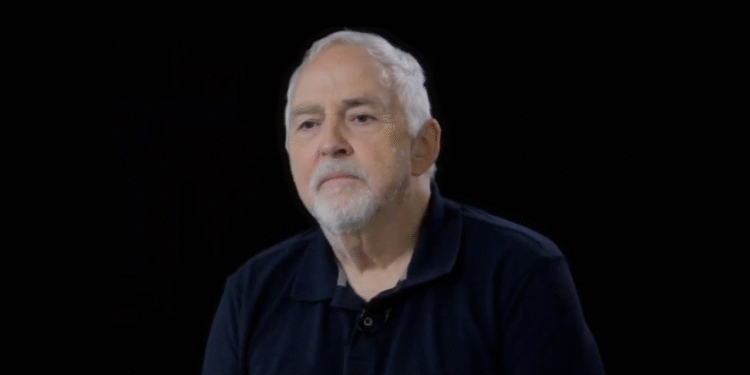Hollywood Mourns: Legendary VFX Master Behind Star Wars, Tron & 2001: A Space Odyssey Dies at 78
The film world just dimmed a little: Bruce Logan, the British cinematographer and VFX wizard who helped bring the magic of 2001: A Space Odyssey, Star Wars: A New Hope, and Tron to life, has passed away at the age of 78. He died on April 10 in Los Angeles after a short illness, according to his wife, Mariana Campos-Logan.
Though he’s now among the stars, Logan’s influence will continue to blaze across cinema history like a hyperspace jump.

A Filmmaker Born to Dream
Born on May 15, 1946, Bruce Logan’s love affair with moving images began early. By the tender age of 14, he was already making animated films — not TikToks, mind you, but frame-by-frame labors of love. By 19, he was crafting VFX-driven projects that would eventually catapult him to the highest echelons of Hollywood filmmaking.
His father, Campbell Logan, a BBC director known for his impeccable dramas, was the first to introduce Bruce to the magic of visual effects, teaching him tricks like split-screen techniques. Bruce once recalled, “My father told me that every frame of a film should be a perfect picture.” Clearly, young Bruce took that advice to heart — and then took it to the moon, and beyond.
From Space Odysseys to Cyberspace Frontiers
Logan’s career rocketed (pun intended) when he joined VFX legend Douglas Trumbull on the groundbreaking 2001: A Space Odyssey. From there, his resume reads like a greatest hits album of sci-fi and adventure classics.
He worked on Star Wars: A New Hope, contributing to the visual sorcery that defined an entire generation’s imagination. But Logan didn’t stop at the stars; he plunged into the digital frontier with Tron (1982) — one of the first films to ever blend live action with computer-generated imagery.
“As director of photography on Tron, I pulled heavily on my experience in animation and visual effects,” Logan once shared with American Cinematographer magazine. He explained that every live-action frame had to be reimagined as an animation cel, demanding meticulous attention to detail and a pioneering spirit.
Without Logan’s knack for bending reality to his creative will, the dazzling digital dreamscape of Tron might never have existed as we know it.
A Legacy of Diverse and Dazzling Work
While sci-fi fans revere him for his galactic contributions, Logan’s talents reached far and wide. His eclectic credits include:
The Incredible Shrinking Woman
Firefox
Airplane
Batman Forever
Avalanche Express
Even the unused footage from his work on the never-released Zabriskie Point was repurposed for the haunting opening credits of Ridley Scott’s Blade Runner — another nod to Logan’s fingerprints on cinema’s most iconic visions of the future.
Beyond the big screen, Logan directed episodes of Disney’s whimsical The Book of Pooh and the PBS children’s series It’s a Big, Big World. His versatility even extended into the music world, where he directed music videos for legends like Prince, Madonna, The Go-Go’s, Rod Stewart, and Aerosmith.
In 1986, Logan directed his own feature film, Vendetta, showcasing his passion for storytelling from behind the camera.
Saying Goodbye to a True Pioneer
Bruce Logan is survived by his wife, Mariana, daughter Mary Grace Logan, and son Campbell. Though he has left the Earthly stage, his work continues to inspire countless filmmakers, visual artists, and dreamers around the world.
In a universe where pixels and practical effects often collide, Bruce Logan will always be remembered as the man who made the impossible look effortless — one perfect frame at a time.
Fly high, Bruce. The stars are lucky to have you.










